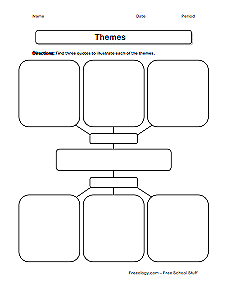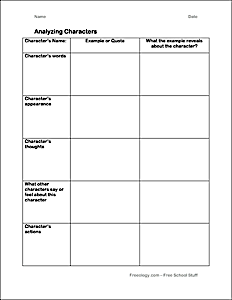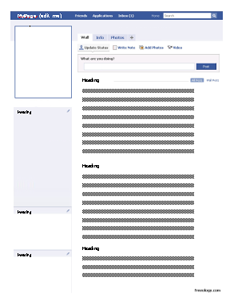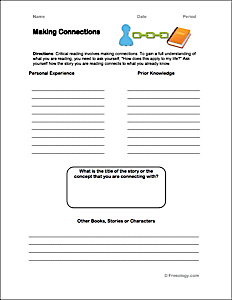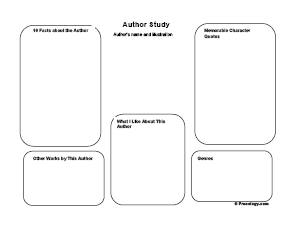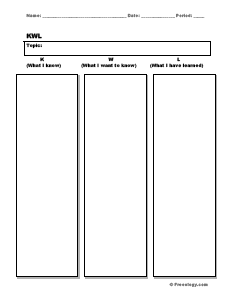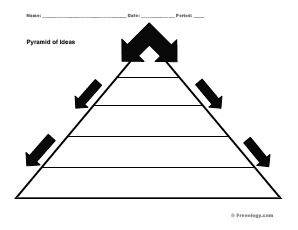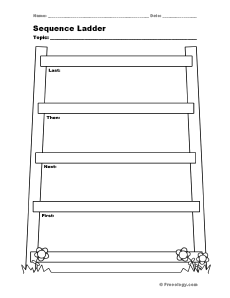I really enjoyed reading Daniels book on Literature Circles. I thought that his imput as well as his partners imput were really helpful and honest. To begin, I was in the YA book club in high school. Wet met once a month in what was called our "activity period" where students got to pick a club to be involved in for an hour a month to meet the guidelines for extracuricular acitivies in our district. It was led my by freshmen english teacher and our librarian. Basically a bunch of us would choose to read the same books or books by the same author in that time spand, and in that once a month meeting would come prepared to talk about what we have read, what other books we have read in the month (both for english and on our own), and whether we think we would consider reading more books of this genre. I loved this hour, and not just because we drank coffee and ate donuts, but because it was fun to meet with friends and talk about something that we were all interested in... READING! I know, however, that my students won't all be as enthusiastic as me about reading and I think that literature circles will help bridge that gap.
Things I Liked:
I like how the book covered the different levels of teaching literature circles- from primary to high school levels. Being in the range from 4-8, I felt that I was in between the primary and intermediate literature circles so I took extra notice in these two catorgories. I love the idea of children being able to pick their books on a ballet, rather than spontaniously. This gives the teacher the opportunity to put children together that will work well, but keep the balance between advanced and average students while still giving the students the freedom. After reading about how lit circles cover a wide range of classrooms, I couldn't help but think back to Wed. class about tracking/untracking. During that class, I will admit that I was a little uneasy about teaching a wide array of students in an english/lang. arts classroom, and felt really unsure how to do it. After reading about literature circles, I believe I have a different opinion. It seems to really work, and it gives the students the choice on whether they want to challenge themselves or pick an easy read. Also, of the eleven key ingredients (18) I believe that a lot of them are linked to previous discussions. For instance, we previously discussed whether or not students should be able to pick their own novels in an english class. I now feel even stronger about this argument, because in the long run it turns students towards being educated, scholarly readers who may contintue to do so for the rest of their lives. Another part I liked about it was that the groups were temporary. I think that making the groups temporary allows for social boundaries to be broken and for students of different skill levels to learn to work together efficeintly. Lastly, I loved the connection between graphics and lit circles. After discussing SO MANY TIMES about how graphics are important in a classroom, this enforces it so much more. I agree that not everyone is an artist, but it might be interesting to see how different students picture novels in their heads vs. their other group members. It also allows for the other students in the class to get a visual about the novel their peers had read. I love this idea, and think that it'd be cool to even incorporate graphic novels into lit circles as well. On the other hand, the reader logs offer so much importance to lit circles. I particularly liked how the students could causally write to their teacher about the book either by questioning or commenting on what they read. It allows the students to feel comfortable reading without the pressure of putting together a well polished essay about it. It also allows for reader response! It encourages students to relate, link, make predictions, question, and even comment on the story in a more relaxed setting. As technology is spreading, it might be cool to incorporate social networks or online discussions (with advanced warning so students not as fortunite have time in school or class) in our classrooms. Lastly, I loved the idea of using post-it notes. I get tired of the usual notebooks or compostion books in the classroom setting. They are boring, predictable. Post-it notes come in so many different colors, can be placed anywhere, and are great for book marking an idea. I love post-it's myself and use them frequently.
Things I didn't like:
I don't like the role sheets. I agree that students might need help with starting the discussions, but I think there are ways around it. Work-sheets are work-sheets. I don't think they are very helpful, because if I was a student with a role sheet, I would read only what I had to to get the sheet done. I wouldn't really care whether my answers were right because we weren't turning it in and it wouldn't be worth my time completing it. If I feel this way... I can only imagine how my students are going to feel. I believe that instead of role sheets, we could set-up our questions to guide the students to write in their log about the different roles with the same book to start for everyone. For example: the whole class could read the same novel and then the class could number off and work on a question assigned by the teacher that would relate to the "role" and write it in their log. The log can be informal, and after they are completed different groups can be formed with one from each role to discuss what they wrote. To clairify, if they number off by six... the group will consist of one from group 1, one from group 2 and so on. I think that this may be a more beneficial way to introduce the roles. From there the groups can branch off and join their own lit circles.
Off-Topic Ideas:
In high school, I read the book called, "The Absoluetly True Diary of a Part-Time Indian." Although it discusses topics such as masterbation that couldn't be discussed in a school setting... I think that it would be paired well with American Born Chinese. They are both coming of age novels about those trying to blend into the American Culture. Another book that does this, more indirectly, is Breadgivers. I recently read this in my Culturally Diverse Lit class, and LOVED IT! This idea of multi-culturalism was stuck in my head since last class, and I've been trying to think of the novels I read that would be considered under this genre.

